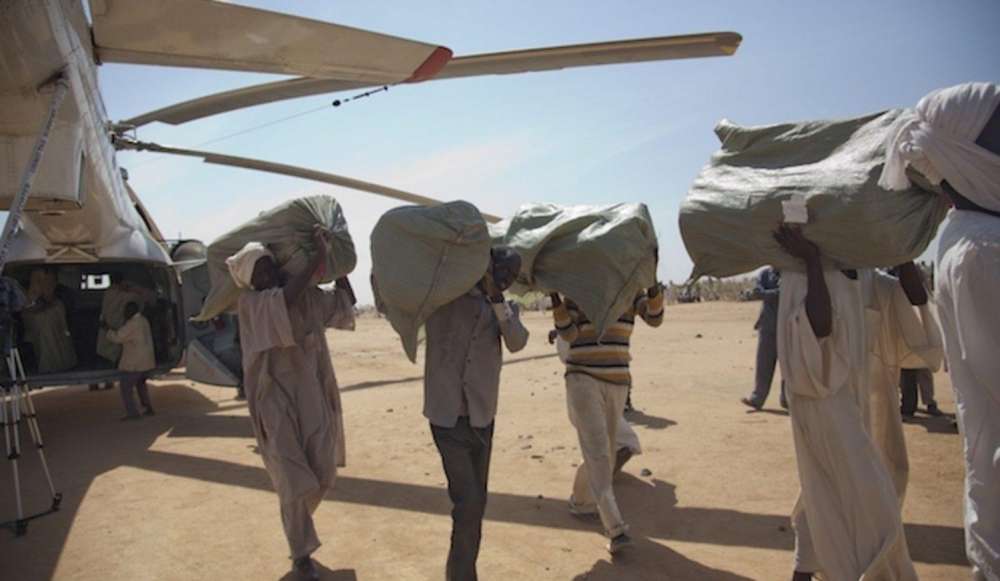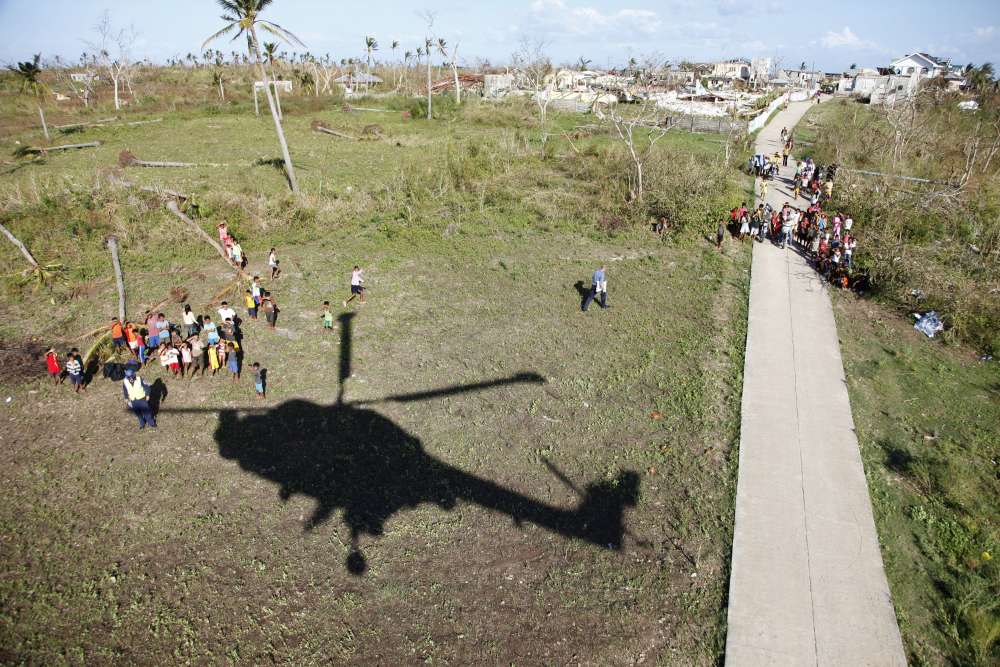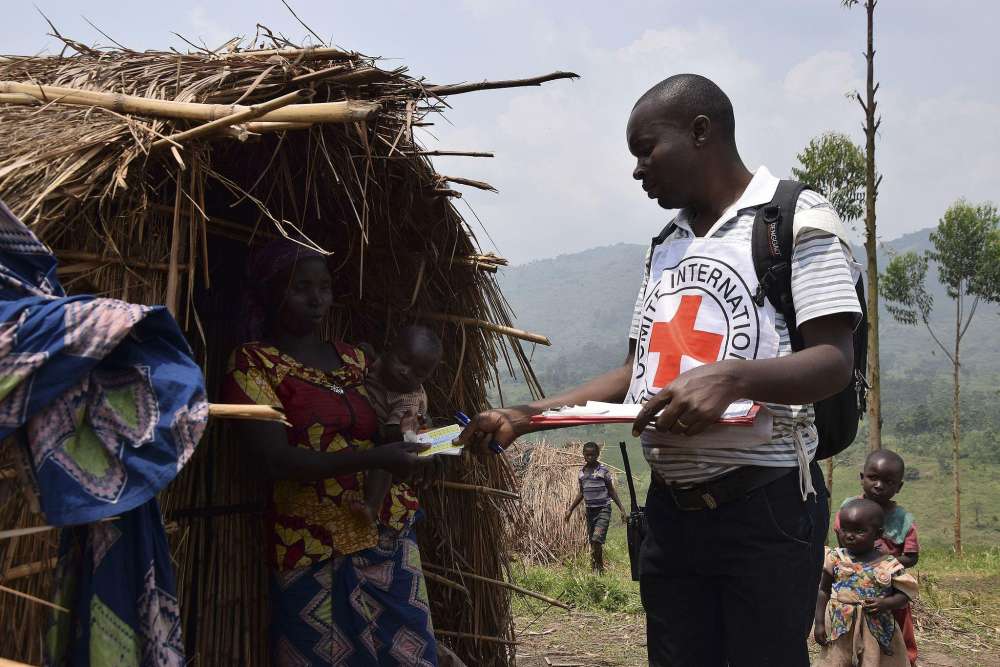Harmonizing Reporting Pilot: Final Review

This report summarizes the results of a two-year trial of the harmonized reporting template, also called the ‘8+3 template’, which a group of humanitarian actors have jointly undertaken for the past two years.
Developed in 2017 by the Global Public Policy Institute (GPPi), the harmonized reporting template is based on the most common questions to which humanitarian donors require answers in narrative progress and final reports. The intention of the template is to simplify the reporting process by standardizing questions and instructions while giving donors flexibility in selecting the questions that are most relevant to their information needs. The template features a section on basic information, eight core questions relevant to most donors, and six additional questions only relevant to some donors. When using the template, donors should not ask more than the eight core questions and only up to three of the six additional ones, hence the name of the template.
The harmonizing reporting pilot to test the new 8+3 template began on June 1, 2017 in Iraq, Myanmar and Somalia, and ended on May 31, 2019. At the beginning of the pilot, 7 bilateral donors, 4 United Nations agencies, and 24 partners declared their willingness to test the 8+3 template and join the pilot. Two more donors joined the pilot at a later stage.
The main findings of the pilot are:
- Piloting the harmonized reporting template showed that most users view the new template as a significant improvement over existing donor templates since it simplifies and standardizes the reporting process considerably. As such, the new harmonized reporting template is an important building block in achieving the Grand Bargain commitment to “simplify and harmonize reporting requirements.”
- All of the partners valued the simplification and predictability the 8+3 template introduces in the reporting process. With only one exception, all the partners interviewed for this final assessment suggested that their donors who used the new harmonized reporting template should not go back to their old templates but continue to use the new template. Importantly, the one partner who was critical cited unfamilarity with the template as the main reason for his opinion, not deficiencies of the template as such.
- Among the donors, 9 out of the 11 who completed a survey assessed the template positively overall, and 6 out of 11 found that the quality of the reports they receive from their partners has improved. Some donors also see tangible benefits, such as quicker turnovers and fewer requests for additional information, since the the new template enables partners to provide information more accurately.
- At this point, UNHCR, OCHA, France, Germany, and the US State Department (PRM) will continue using the 8+3 template globally (exceptions apply) and/or introduce it across their grant portfolios.
Available for download:
- Final review of the pilot
- Key information for policymakers
- Mid-term review of the pilot
- The 8+3 template
- Essential guidance on using the 8+3 template
- Key information on the new harmonized reporting standard







